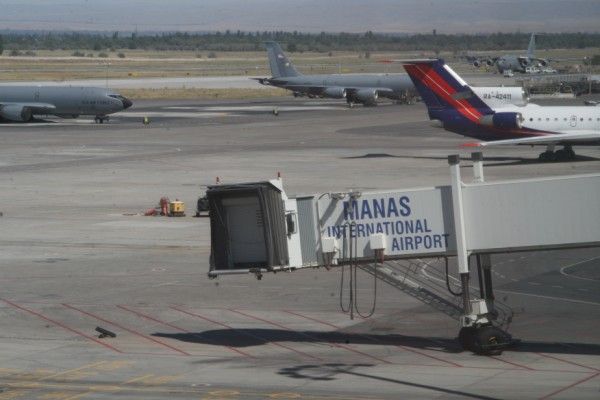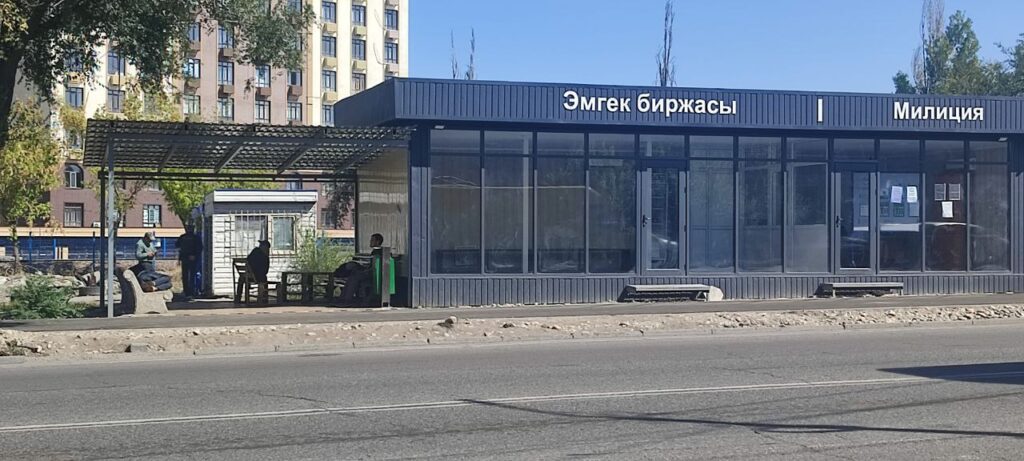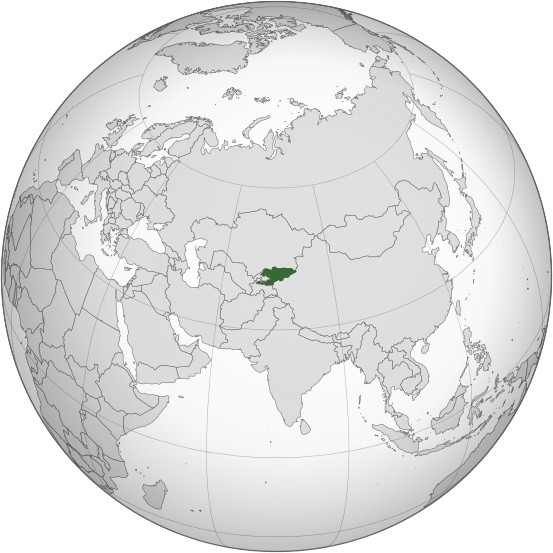LONDON (TCA) — Was it “human error”? Was it “technical”? Or was it just the fog? Whatever caused the terrible accident with the Turkish Boeing that crashed on a Kyrgyz village on January 16 should be revealed after the black boxes have been examined. What is probably almost certain is that Kyrgyzstan’s air navigation services are not always functioning as they should.
New air safety control devices should have been installed last year, but due to lack of funding a loan from Japan had to be negotiated and it is thought that the installation has yet to start. “NEC and NEC Networks & System Integration (NESIC) have signed a contract to deliver their Air Navigation System Solution for Manas International Airport in the Kyrgyz Republic,” a company press release posted on September 20 last year by a newsreel called Enterprise Innovation read. “The airport solution project will be funded by an official development assistance (ODA) loan totaling 800 million yen from the Japan International Cooperation Agency (JICA). The Air Navigation System Solution includes an instrument landing system to ensure the safety of aircraft when in flight and during landing and approach. NESIC will be responsible for system installation and system integration at the project site. These efforts will contribute to the improvement of air transport safety and efficiency at Manas International Airport.” About time, one would say. The same company has installed its device in a country like Laos, just like Kyrgyzstan far from known for its rich cash reserves, almost a decade ago.
Air navigation improvement
The need for improved air navigation in Kyrgyzstan has been clear for a long time. The latest near-accident occurred at the airport of Osh in the southwest of the country in late November 2015, when an airplane belonging to a Kyrgyz air company named Avia Traffic made a bumpy landing. “Several injuries [were suffered] among 159 passengers and crew as a plane skidded off the runway, breaking a wing and damaging landing gear, at Osh airport,” the English-language Siberian Times reported following the near-crash.
The paper quoted an unnamed “government source” as commenting: “Because of the weather conditions, the crew managed to land the plane only at the second attempt. It went over the landing strip. The chassis and wing of the plane broke.” Generally speaking, Kyrgyzstan is not very well known for its working discipline, and “criminal neglect” is therefore not excluded by the authorities rather than just fog in the latest case as well.
Criminal investigation
“Kyrgyzstan’s transport prosecutors launched a criminal investigation on Monday into the crash of a Turkish cargo jet that killed dozens of people on board and on the ground,” Sputnik News reported in the wake of the crash. “The Kyrgyz transport prosecutor’s office launched a criminal investigation on Jan 16, 2017 into the crash of a plane … flying to Istanbul from Hong Kong via Bishkek on suspicion of a violation of Par. 3 Art. 280 of the national criminal code (violation of air traffic safety and aircraft operation rules that has led to the loss of lives),” a statement by the Kyrgyz prosecutor’s office was quoted by the agency.
Investigation against whom? All fingers seem to point in the direction of a state-run company known as Manas International Airport (MIA) which is not just responsible for managing the capital’s airport but also for 10 other airports in Kyrgyzstan, of which only seven are in operation while the other four lie idle. The company’s latest records mention the number of 1.317 million passengers having been served in the first half of 2016. About two-thirds of them, some 780,000 passengers, were served at Bishkek’s Manas airport, followed by that of Osh with 525,000 passengers, whereas the others only accounted for minor numbers. Around 60 per cent of the transportation is on cross-border lines, mostly with Russia.
Country transportation
Kyrgyzstan has only one rail link which enters the country from Kazakhstan in the northwest while stretching to the western point of the shore of Lake Issyk-Kul in the northeast. The trip is picturesque and tourists love it, but the train is also slow, stopping at each and every hamlet. Road traffic is also complicated, with roads meandering across the country due to lack of tunnels and bridges, making journeys’ distances more than twice as long as the straight distance between key locations on the map. Infrastructures on most of the road links are incomplete and often crumbling, only adding to the lack of safety due to most Kyrgyz drivers’ reckless behavior. Yet, large parts of the population due to low purchasing power find flights’ prices forbidding even though seen through western eyes they are considered low.
Economic conditions
“The revival of Kyrgyzstan’s domestic air transport business lies in the hands of private investors and market players because the state cannot afford to foot the bill,” the Russian Aviation Insider, a specialized periodical reporting on conditions in the post-Soviet airspace, commented in a report posted on November 28 last year, following the publication of a report by the Kyrgyz government on the state of affairs concerning the country’s air services.
The question remains therefore whether Kyrgyzstan’s bad economic conditions will ever allow investors to put money in a sector where the outlook for returns on investments looks bleak. The Kyrgyz state debt stood at $4.75 billion as of November last year, including $3.765 billion in external debt. Last year, the country spent close to 21 billion som, or some 300 million dollars, on state debt services. Increasing the lump sum by another billion dollars would bring the country close to the danger zone where default appears on the horizon.








